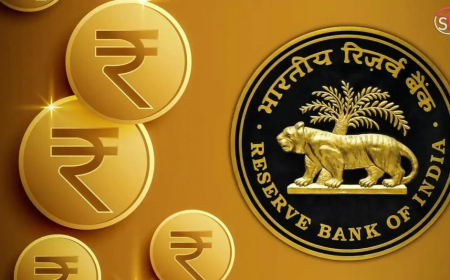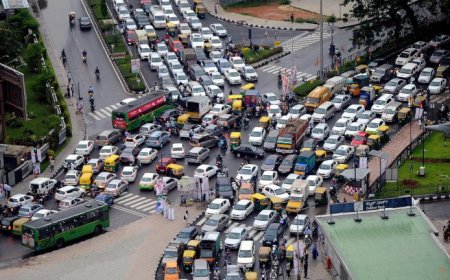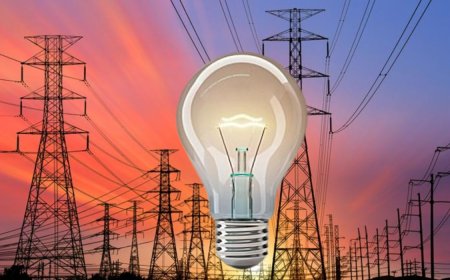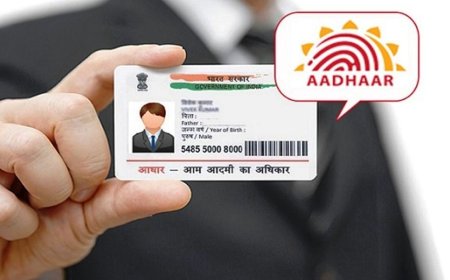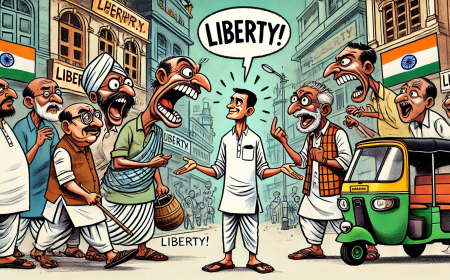Power to the People: Can Private Companies End India’s Electricity Shortage?
Can privatization solve India’s power crisis? Discover how privately-managed electricity grids could reduce power cuts, improve efficiency, and lower costs.
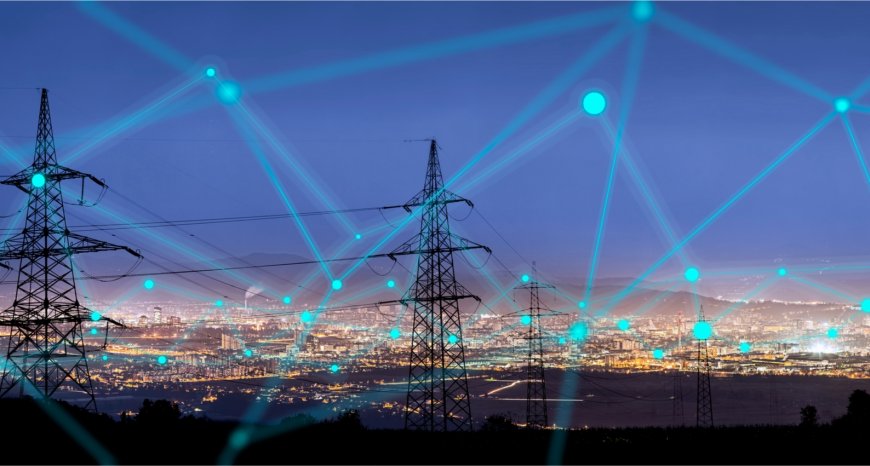
Introduction
India's electricity sector has long been plagued by inefficiencies, frequent power cuts, and rising costs. Despite being the third-largest producer of electricity in the world, millions still face power shortages due to transmission losses, financial mismanagement, and an overburdened public sector. Could privatizing electricity grids be the solution to India’s energy woes? This article explores how private players can revolutionize India’s power sector by increasing efficiency, reducing costs, and ensuring reliable electricity supply.
The Current State of India’s Power Sector
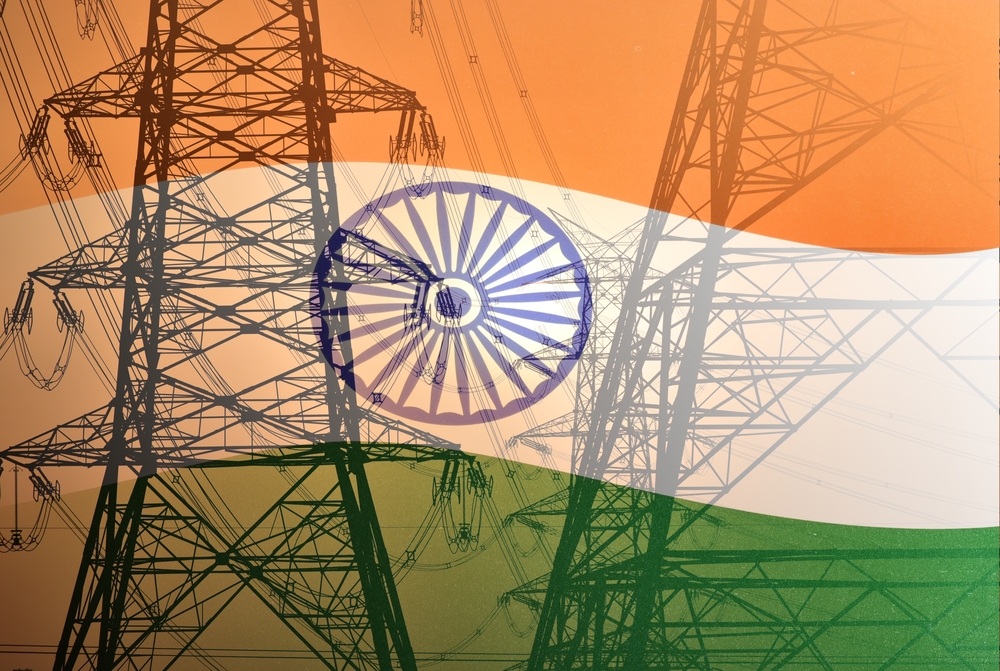
India’s electricity infrastructure is primarily controlled by government-run distribution companies (DISCOMs), many of which suffer from heavy losses, outdated infrastructure, and bureaucratic inefficiencies. Key challenges include:
-
High Transmission and Distribution Losses: Nearly 20% of generated electricity is lost due to outdated infrastructure and power theft.
-
Financially Strained DISCOMs: Many state-run DISCOMs are in deep debt, leading to delays in payments and operational inefficiencies.
-
Frequent Power Cuts: Load shedding is a common occurrence in both urban and rural areas, hampering economic growth and everyday life.
-
Inconsistent Pricing Policies: Subsidies and price caps create a financial burden on the power sector, discouraging investments in modernization.
How Privatization Can Transform the Power Sector
1. Improved Efficiency and Reduced Losses
Private power companies, driven by profit incentives, are more likely to invest in upgrading infrastructure, reducing transmission losses, and preventing electricity theft. Countries like the UK and Germany have successfully reduced inefficiencies through privatization and competitive energy markets.
2. More Reliable Power Supply
With better financial stability and operational flexibility, private firms can ensure uninterrupted power supply, minimizing blackouts and voltage fluctuations. States like Delhi, which privatized its electricity distribution in 2002, have seen a drastic reduction in power outages and improved consumer satisfaction.
3. Cost Reduction for Consumers
Contrary to the common fear that privatization leads to higher prices, competitive markets can actually reduce costs through better management and reduced inefficiencies. Consumers in privatized areas often benefit from tiered pricing structures, smart metering, and transparent billing systems.
4. Attracting Investment in Renewable Energy
Private energy firms have the financial capability to invest in renewable energy projects, aligning with India’s goal of achieving 500 GW of non-fossil fuel capacity by 2030. By fostering competition, privatization can accelerate the transition to solar, wind, and hydro energy solutions.
5. Encouraging Innovation and Smart Grids
With advanced technology like AI-driven smart grids and IoT-enabled meters, private firms can optimize electricity distribution, prevent losses, and allow real-time monitoring of power consumption.
Case Study: Delhi’s Electricity Success Story
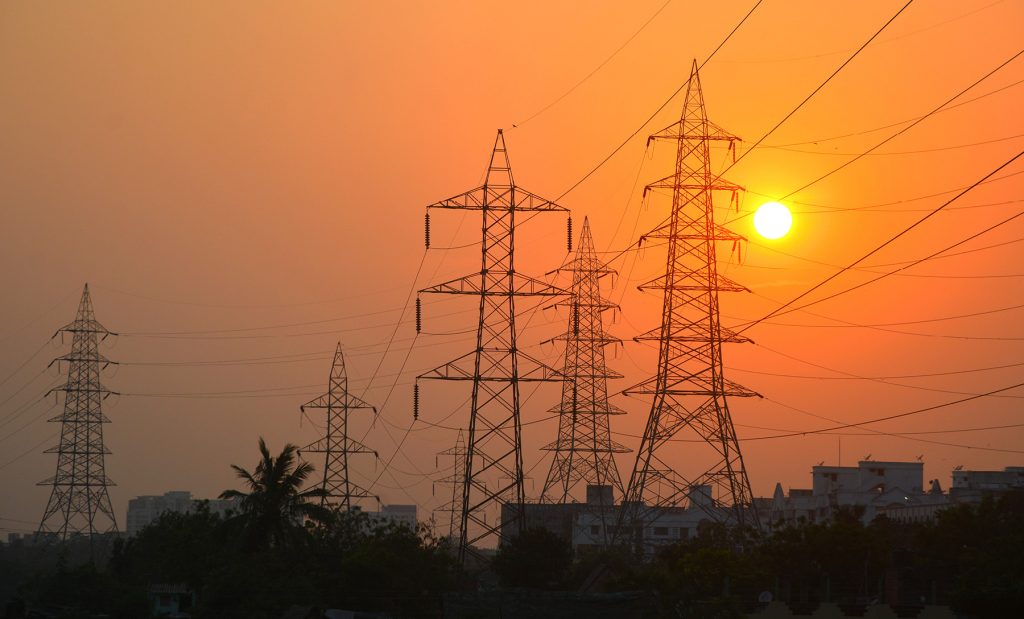
Delhi’s power sector was privatized in 2002 when the Delhi Vidyut Board was split into three private distribution companies. Since then:
-
AT&C (Aggregate Technical & Commercial) losses dropped from 55% to below 10%.
-
Power outages significantly reduced.
-
Consumer services improved with faster complaint resolutions and better billing systems.
This model has proven that privatization, when regulated correctly, can yield positive results.
Challenges of Power Grid Privatization
While the benefits are clear, privatization is not without challenges:
-
Regulatory Hurdles: Government regulations and political opposition often slow down the privatization process.
-
Affordability Concerns: Ensuring that lower-income households have access to affordable electricity must be a priority.
-
Transition Costs: Shifting from state-controlled systems to private hands requires initial capital and restructuring, which can be met with resistance.
The Way Forward
For privatization to succeed in India’s power sector, the government must adopt a hybrid model, where private players operate within a well-regulated framework. Key steps include:
-
Encouraging Public-Private Partnerships (PPPs) to balance efficiency and affordability.
-
Strengthening Regulatory Mechanisms to prevent monopolies and ensure fair pricing.
-
Investing in Smart Infrastructure for better energy management and theft reduction.
-
Gradual Implementation to minimize disruptions and test privatization models in select regions before nationwide rollout.
Conclusion
Private electricity companies have the potential to revolutionize India's power sector by enhancing efficiency, reducing power cuts, and promoting cost-effective energy solutions. With a well-structured regulatory framework, privatization can provide power to the people—both figuratively and literally. The success of Delhi’s privatized model is a testament to what the rest of India can achieve. If done right, private electricity grids could be the key to a brighter, uninterrupted future for India.
What's Your Reaction?














